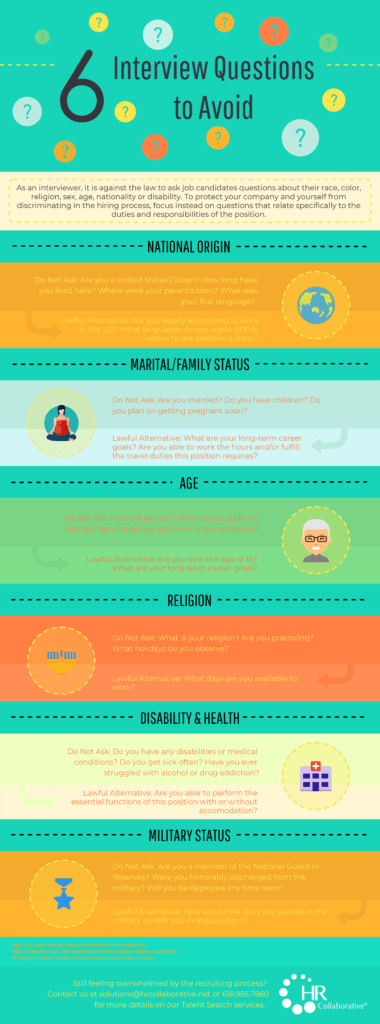Top 3 HR Trends of 2024
Written by: Lisa Brown

With 2023 coming to an end, it is time to look towards 2024 and the workplace trends and priorities of HR leaders. While these three trends aren’t the only ones we expect to take place, they will have outsized impacts.
1. Recruitment & Retention
Your HR team might be filled with talented people, but they can’t make talent appear out of thin air. The job of recruiters will continue to get harder in 2024.
It’s a competition when it comes to attracting talent, and employers will need to think differently about how they recruit. There just aren’t enough humans for every job opening. In December 2023, there were 8.9 million job openings and only 6.3 million people unemployed.
Instead of only looking at a candidate’s resume before assessing them, look at their soft skills and teachability. Can they be taught the necessary hard skills? Will they be able to rise to the challenges facing your company?
This year will be the time to reassess qualifications and subjective requirements. Are your requirements what you need from day one? Or can you provide learning to develop new hires into the roles you’re struggling to fill?
In addition, re-evaluate what information you’re providing to potential applicants. Employers who aren’t willing to be transparent about pay and benefits see fewer applications. For example, 44% of applicants aren’t willing to apply for a position if they don’t see a salary range.
Current employees are an untapped resource. Getting the perfect candidate every time you have a need isn’t realistic. Yet, many employers expect to hire a unicorn for every role, often overlooking the talent they already have. Strategic employers will be looking at their in-house talent and how to upskill them in 2024.
Investing in your current employees has multiple benefits. Through upskilling, reinvestment, and providing benefits employees need, HR leaders can create workplace loyalty that others claim to be missing in this day and age. Workers have more choice than ever before, and as only 21% of employees trust leadership at work, their loyalty isn’t guaranteed.
2. Mitigating Compliance Risk
The Equal Employment Opportunity Commission (EEOC) hired a new commissioner and increased its budget in 2023. That investment has already led to a higher rate of EEOC and OSHA claims. Attorneys anticipate EEOC litigation returning to Obama-era levels in 2024.
The EEOC is re-awakening. The EEOC recently released its four-year strategic enforcement plan, which outlines its priorities for 2024. The agency’s main focus will be on targeting discrimination and bias directed toward religious minorities, racial or ethnic groups, and LGBTQ+ individuals. It’s also highlighting underrepresented groups, especially in key industries like construction, finance, and tech.
But it isn’t employers against the EEOC. Part of the EEOC plan is helping employers mitigate risk and supporting them in proactively identifying and addressing these inequality barriers in their organization.
The power of consistency. The best way to proactively identify and address inequality is consistent policies that management and staff follow. Companies most often face compliance issues when they make exceptions to the rules (or don’t have them to begin with) and don’t hold key people accountable. A common example is when managers begin justifying why certain employees no longer have to stick to pay ranges.
By sticking to a consistent, developed process, employers build safeguards against compliance violations and have a playbook for how to handle them objectively if they occur.
3. Empowered Employees
Resistance to Return-to-Office (RTO) mandates, the rise in EEOC claims, and low loyalty and trust in employers are all examples of a growing employee empowerment movement. Instead of pushing back, strategic employers will look for win-win ways to give staff a renewed sense of autonomy.
It’s not the location, it’s the time. Over half of the U.S. workforce can’t work remotely and must be on-site. These workers have far lower engagement than their remote counterparts, full or part-time. But re-engaging them isn’t impossible. What matters for them is the flexibility of when they must be on-site.
On-site workers value flexibility just like the rest of the workforce, but for them, the days of the week they work, increased paid time off or vacation time, a four-day workweek, or more balanced shifts are key perks.
Upskilling soft skills is key to manager growth. Top individual contributors don’t always make the best people managers. Often, they lack the necessary skills for growing and enabling a team. HR can help them build the soft skills they need for leadership success. Identifying potential leaders early and training them to lead “humans”, not resources, can have a long-term impact on employee engagement and trust.
Employees want to work for an organization that’s committed to them. Human-centric managers embrace a growth mindset, foster an inclusive culture that asks for feedback, believe in coaching instead of commanding, and recognize value in those they manage.
Wrapping Up
These trends will impact organizations not just in 2024 but for years to come. The labor force is only getting smaller. Employers must cultivate places where employees want to work.
To recap:
- It is easier to retain than to find talent. Focus on upskilling your current workforce and hire based on teachability, not just qualifications.
- The best way to mitigate compliance risk is consistency. Employers need to develop clear guidelines, pay ranges, and role responsibilities now and hold managers accountable for following them.
- Empowered employees seek employers that empower them. Find win-win ways to give staff autonomy. Empower your leaders to be human-centric leaders who foster a culture of growth, values, and mutual respect.
Focusing on these priorities for 2024 will be key for growing a successful employer-employee relationship this year and beyond.
Share This Article

































































































